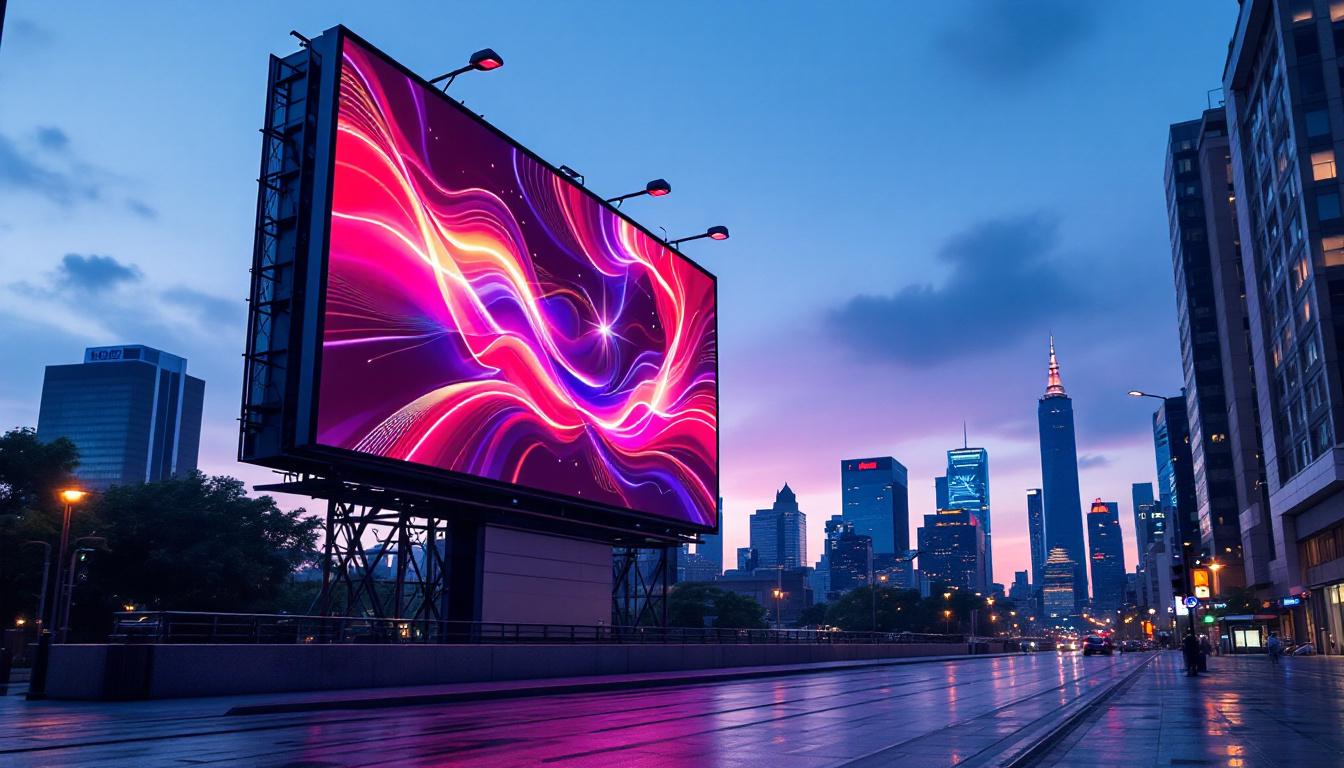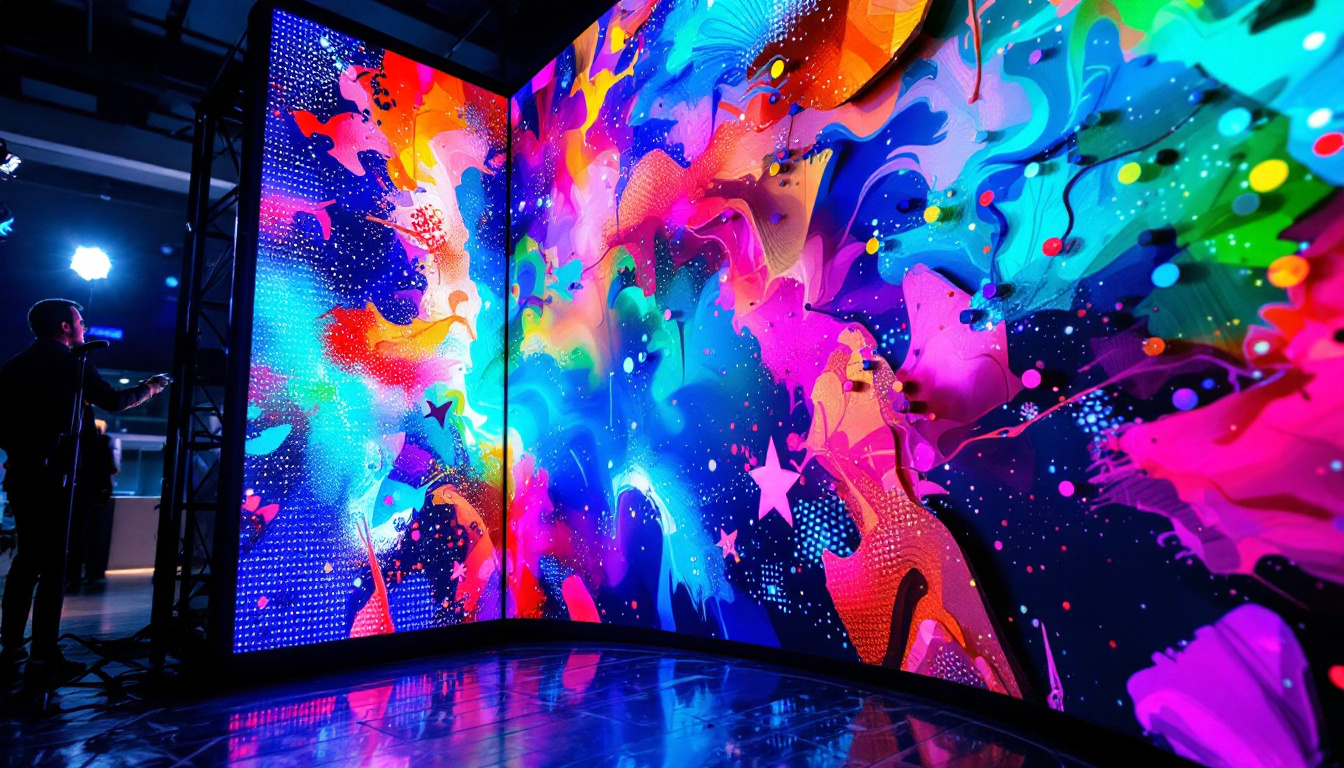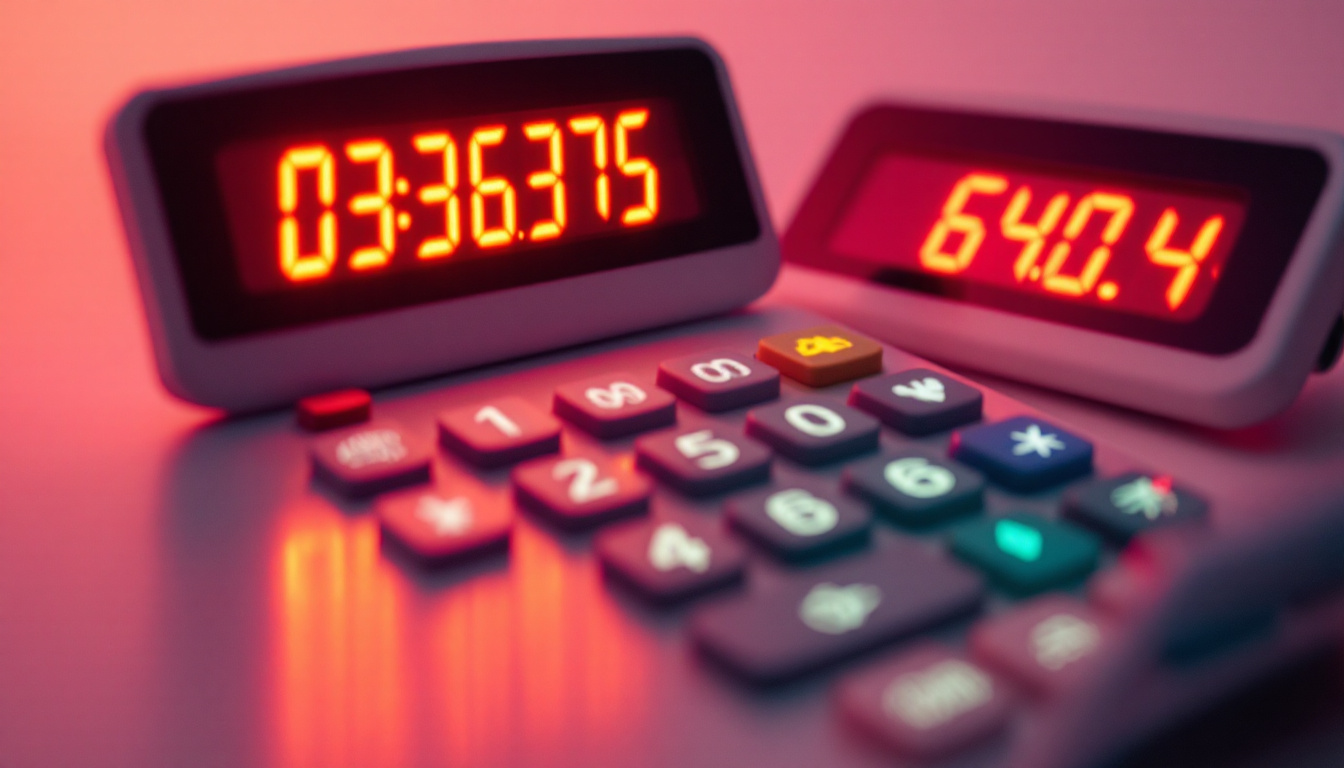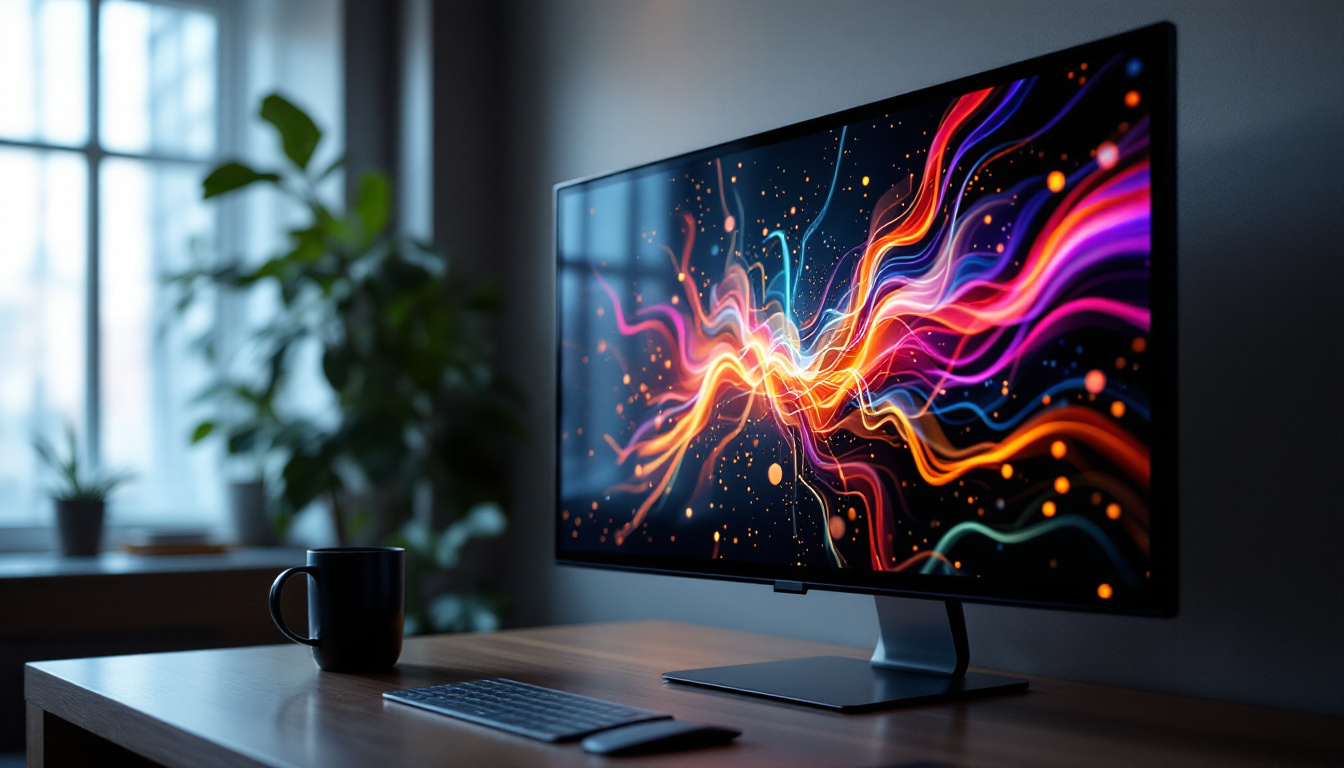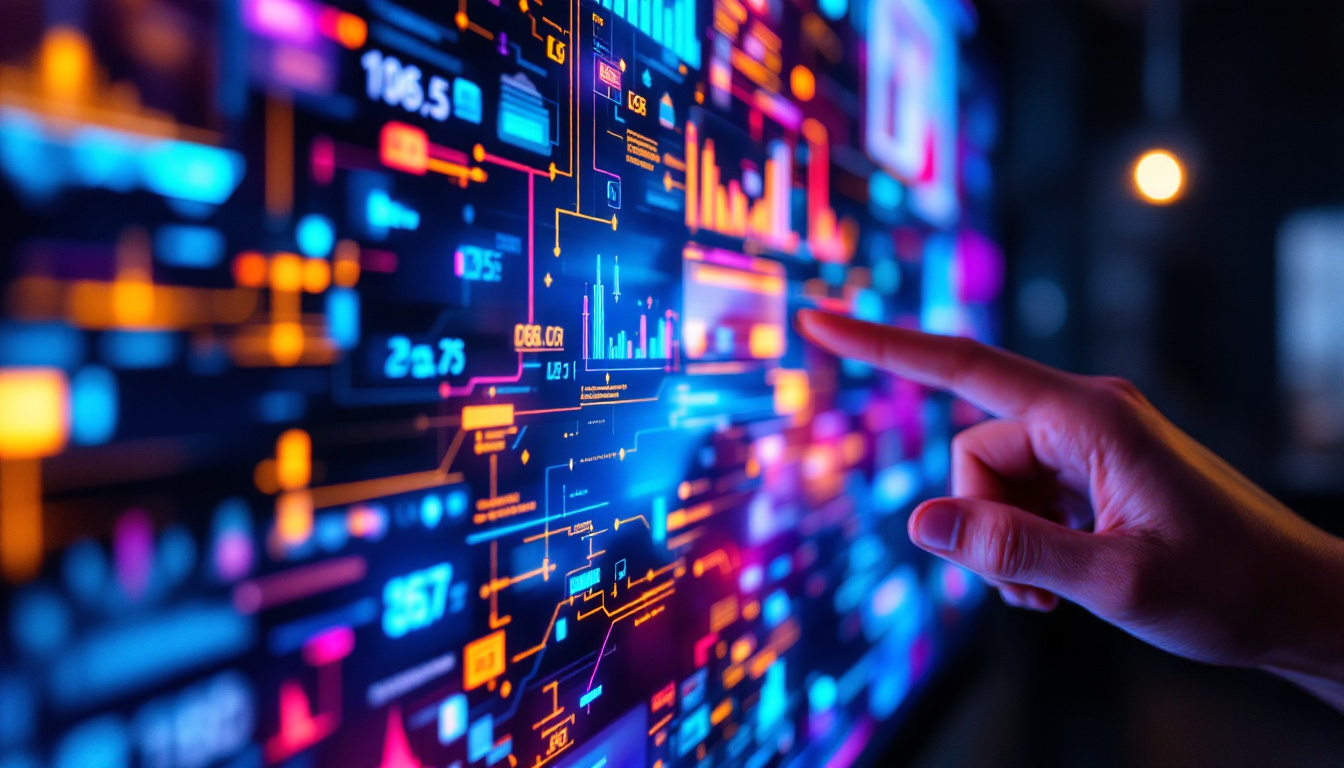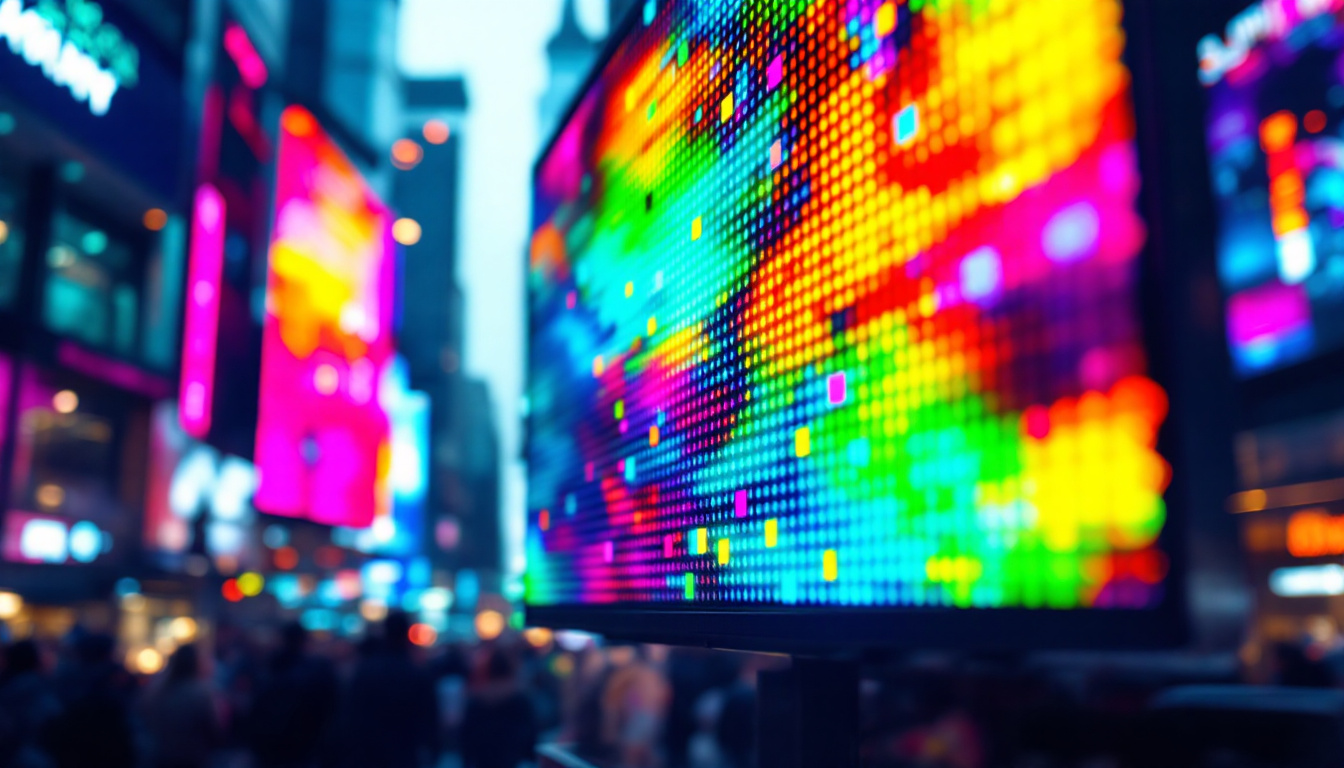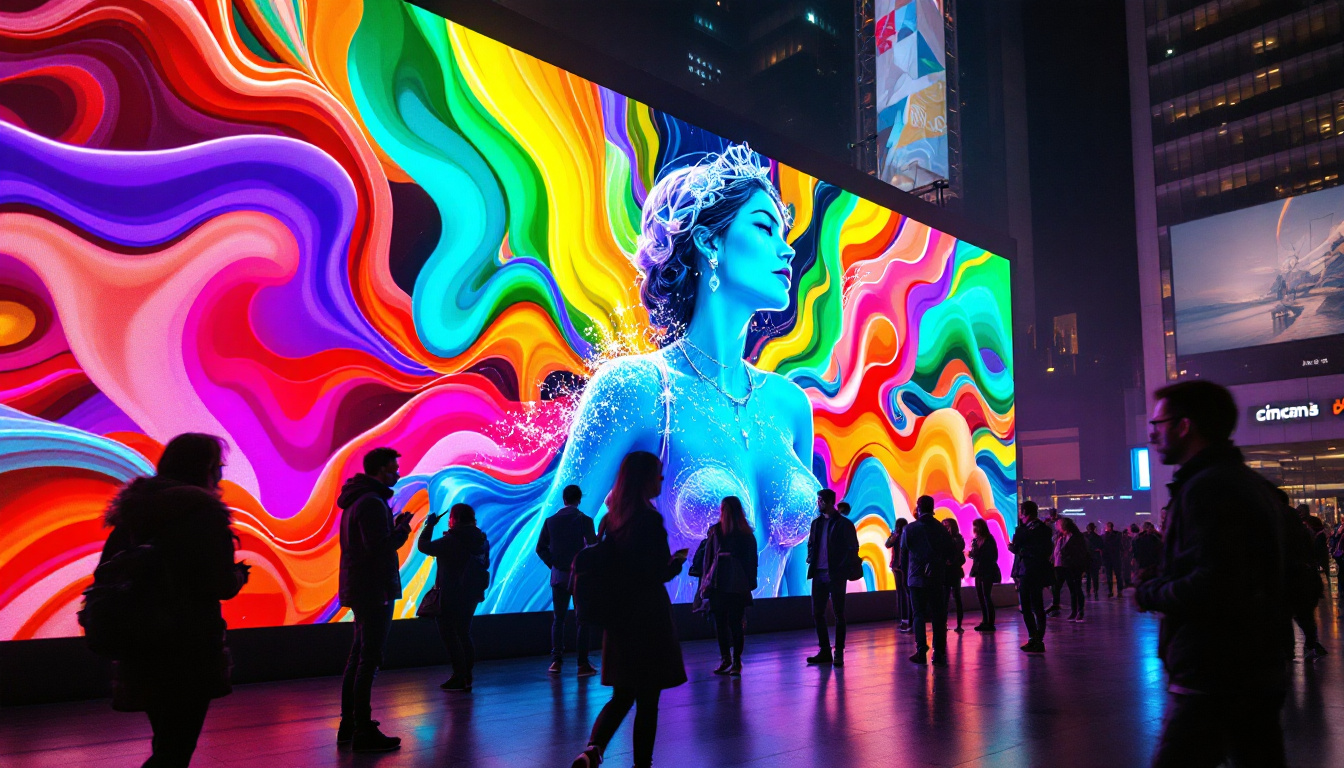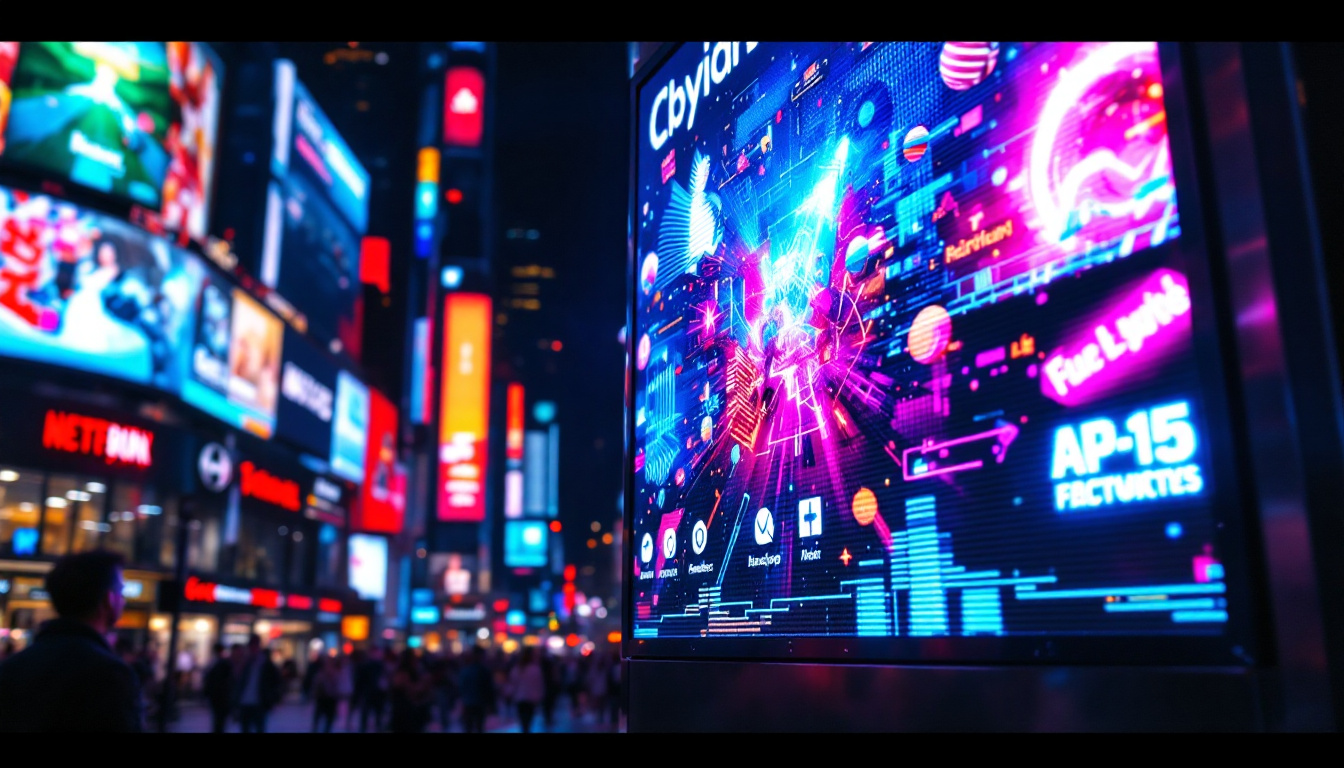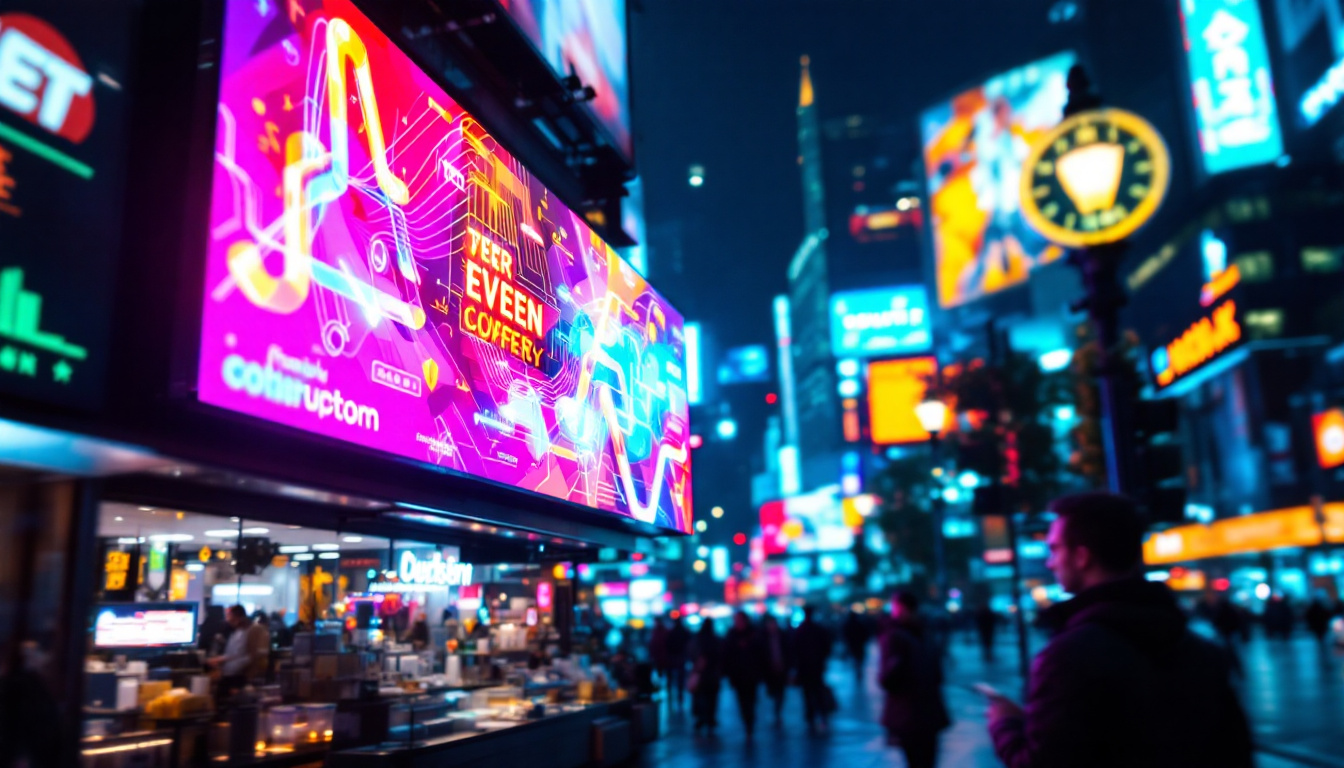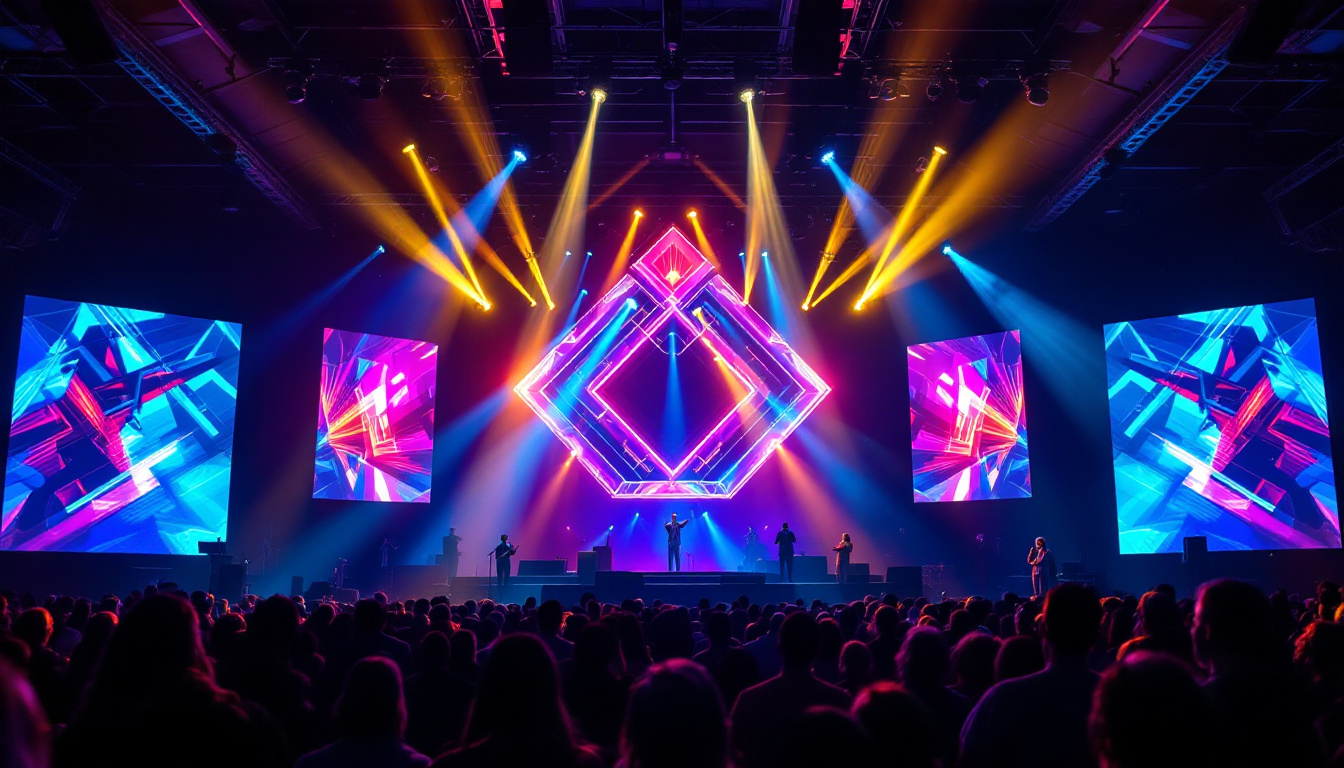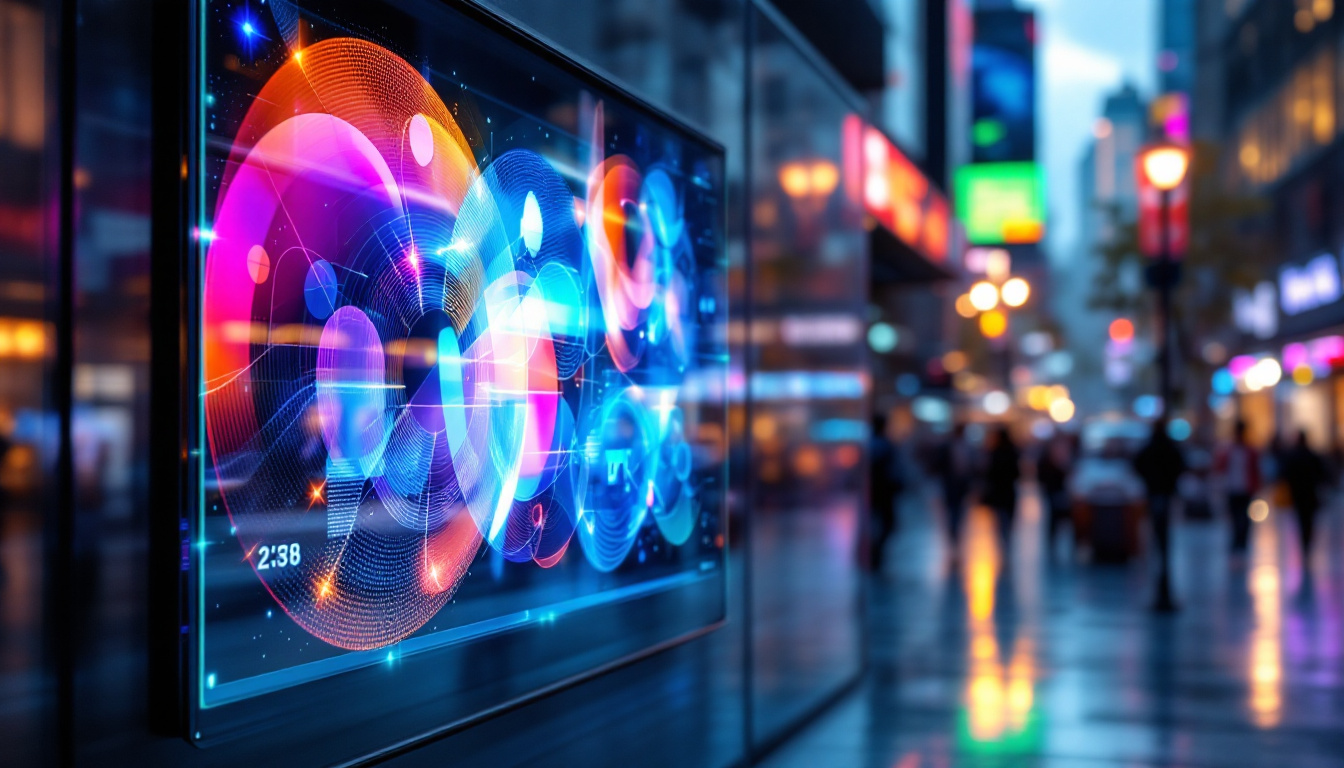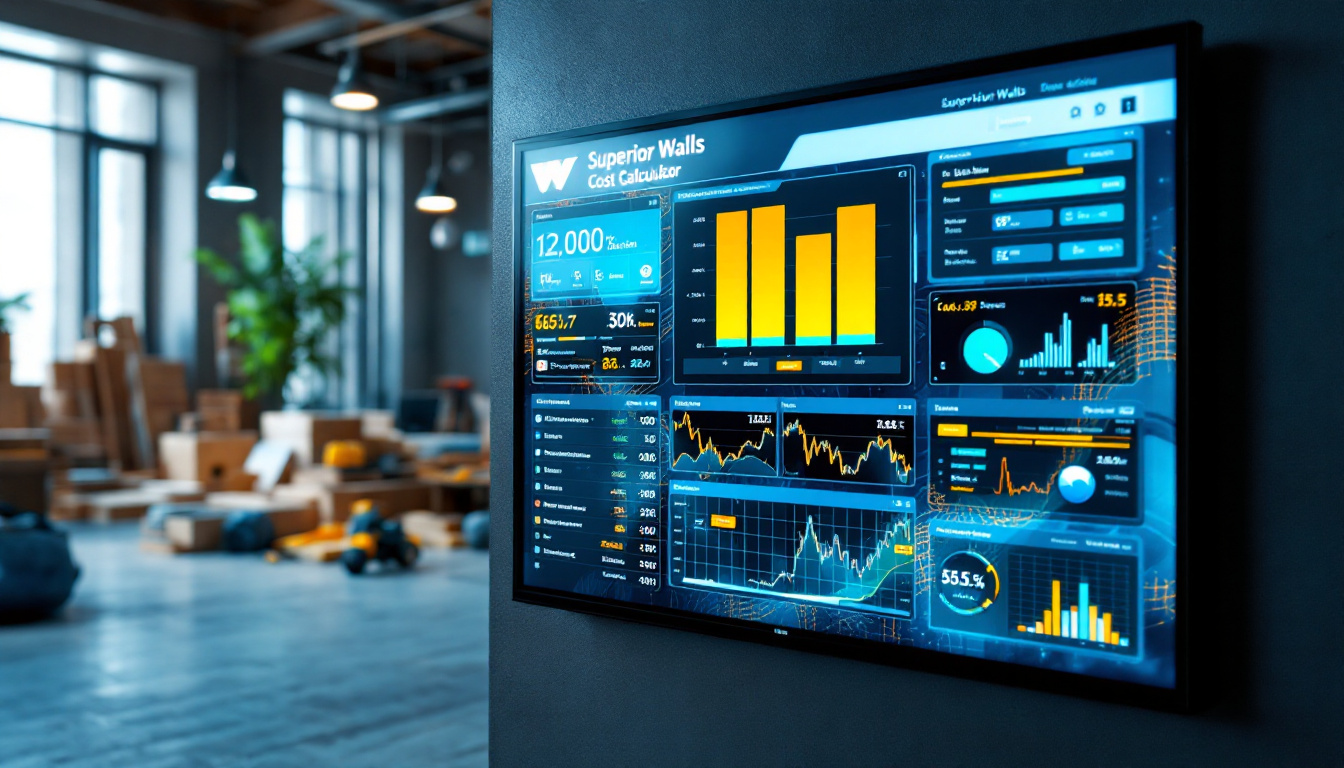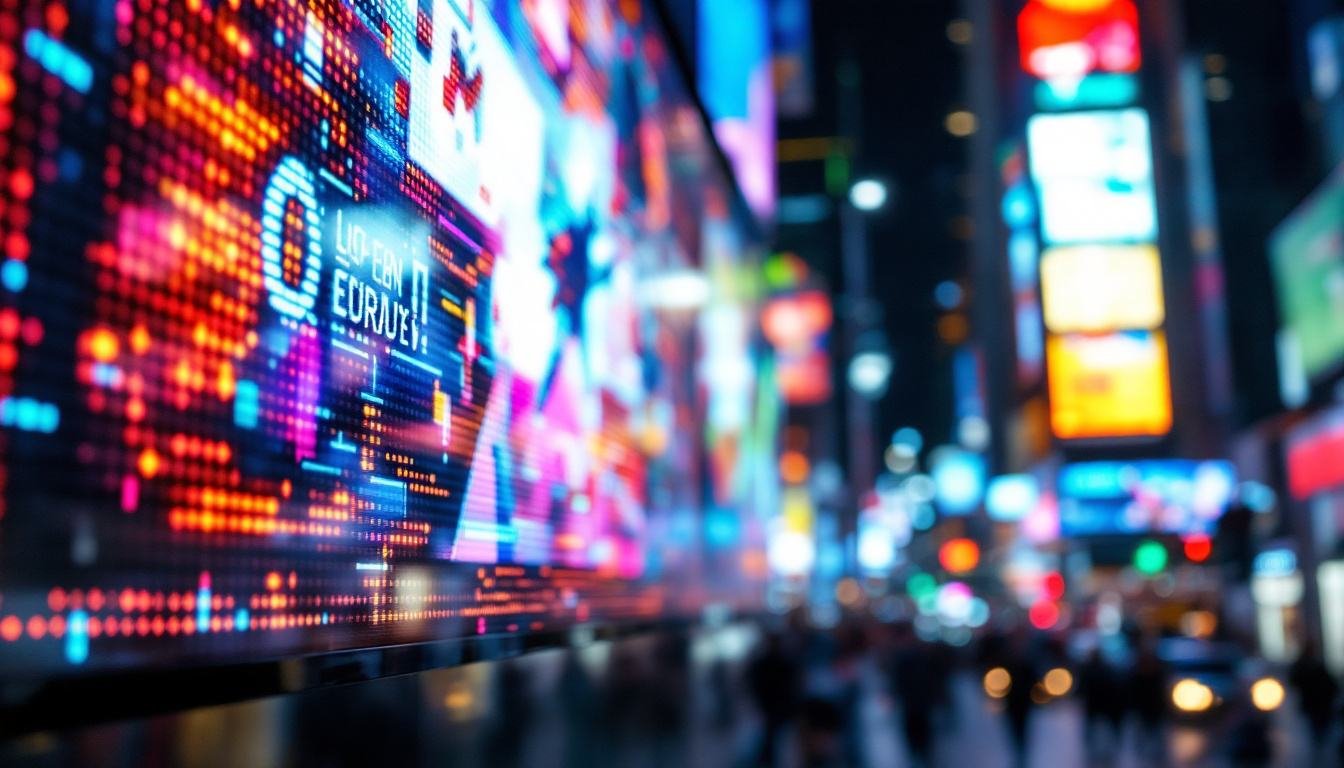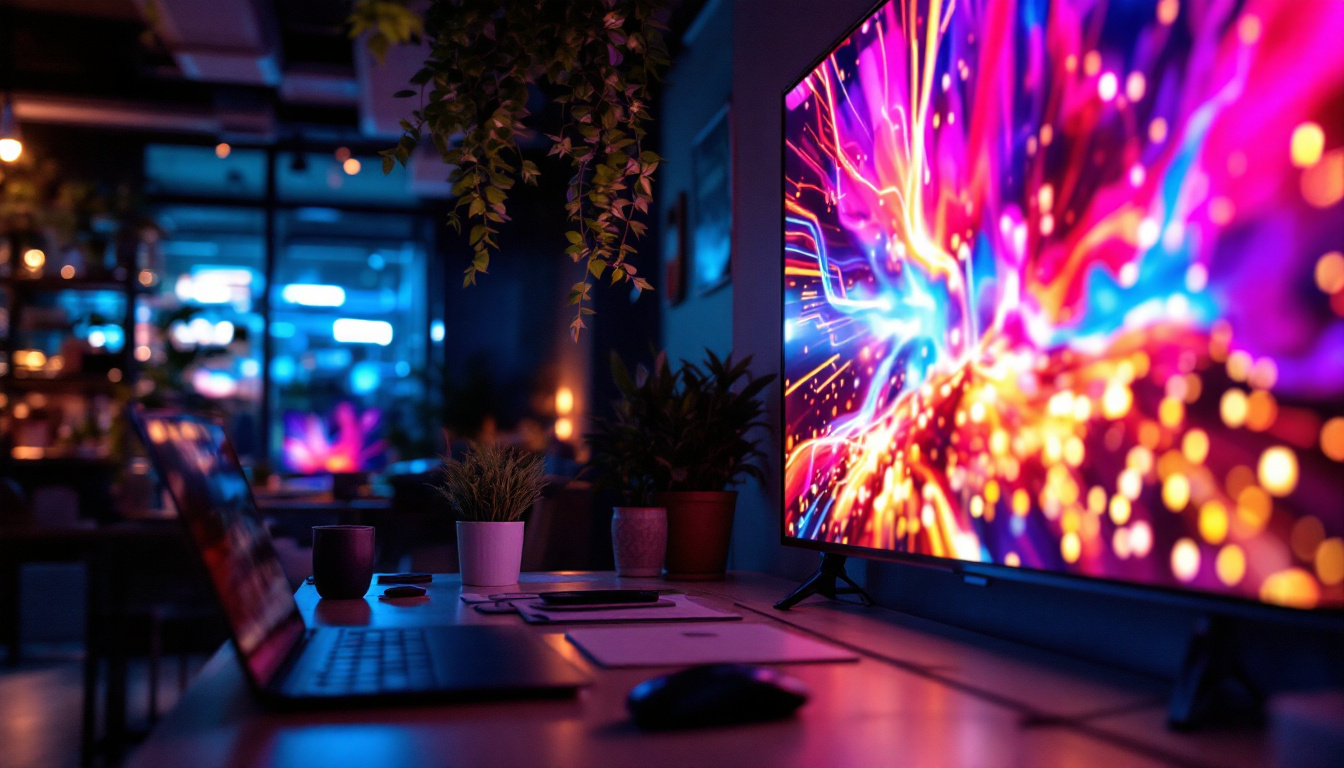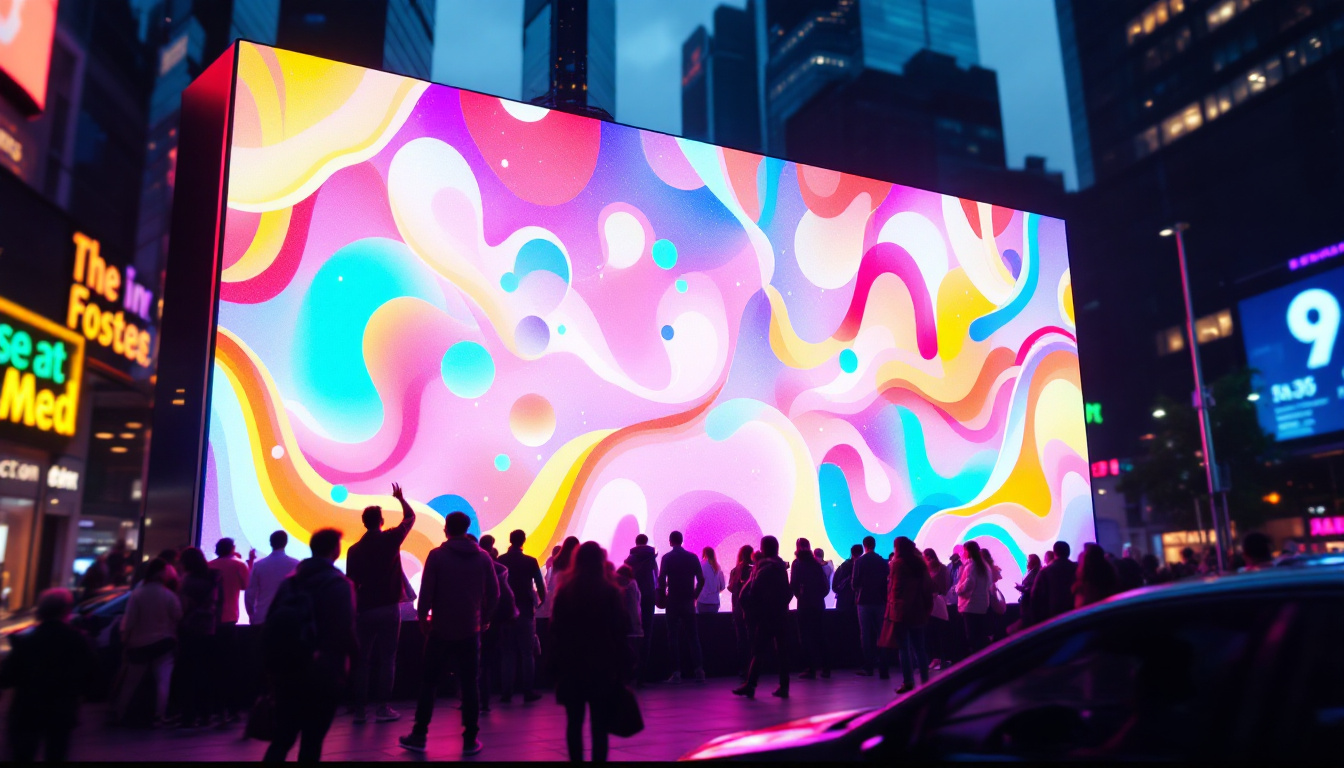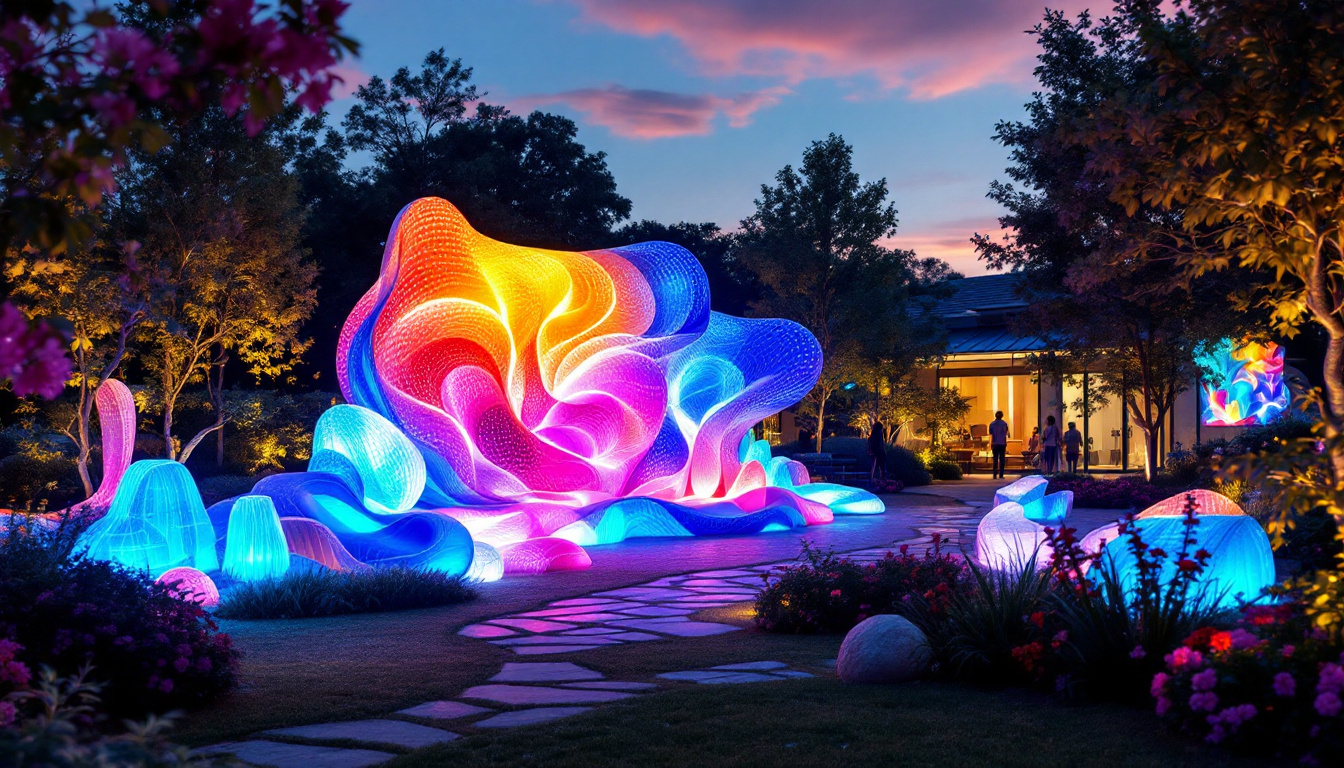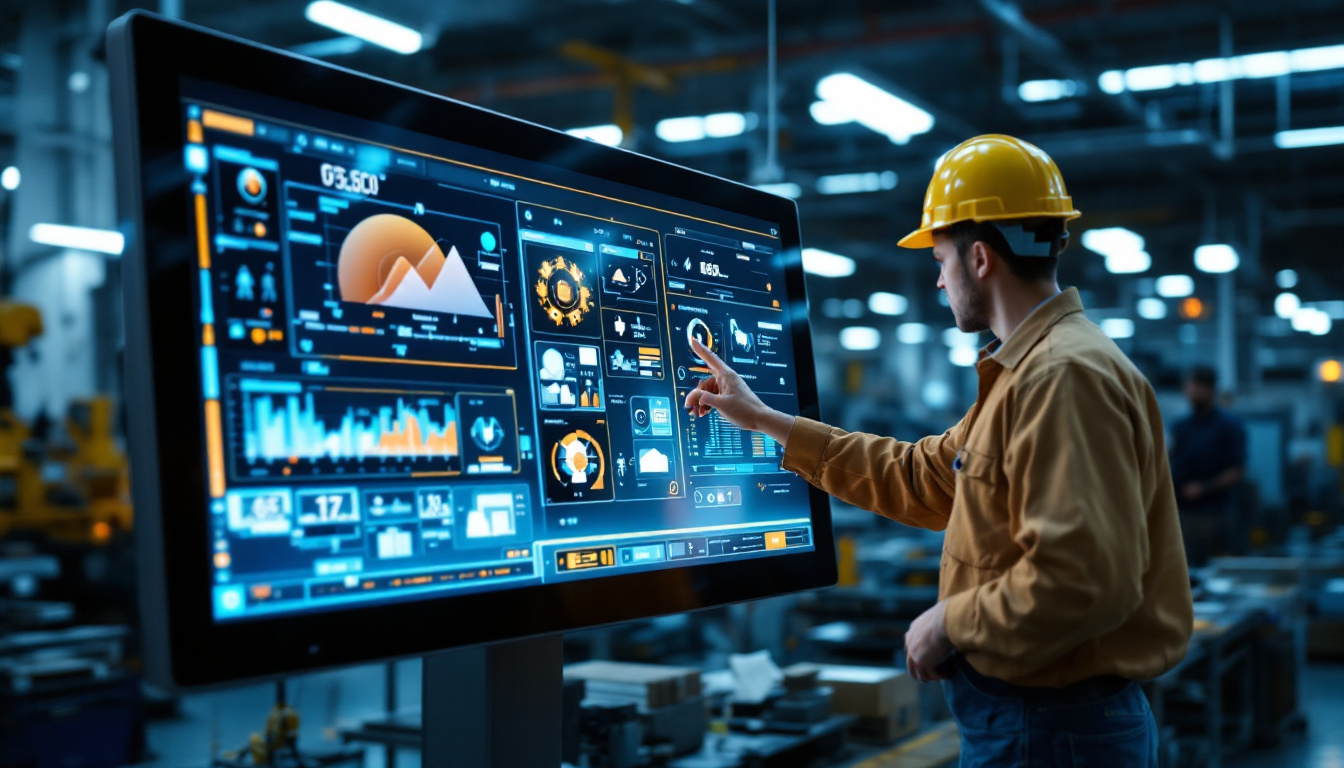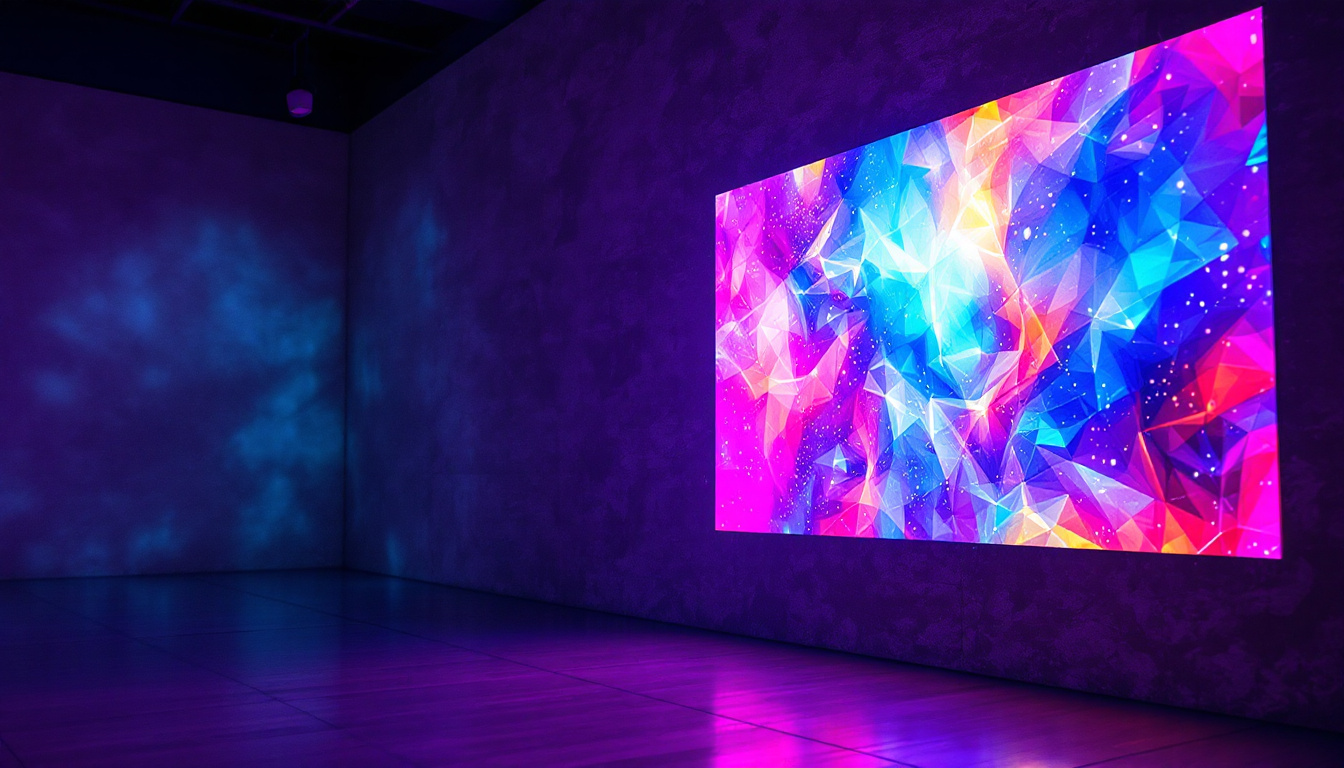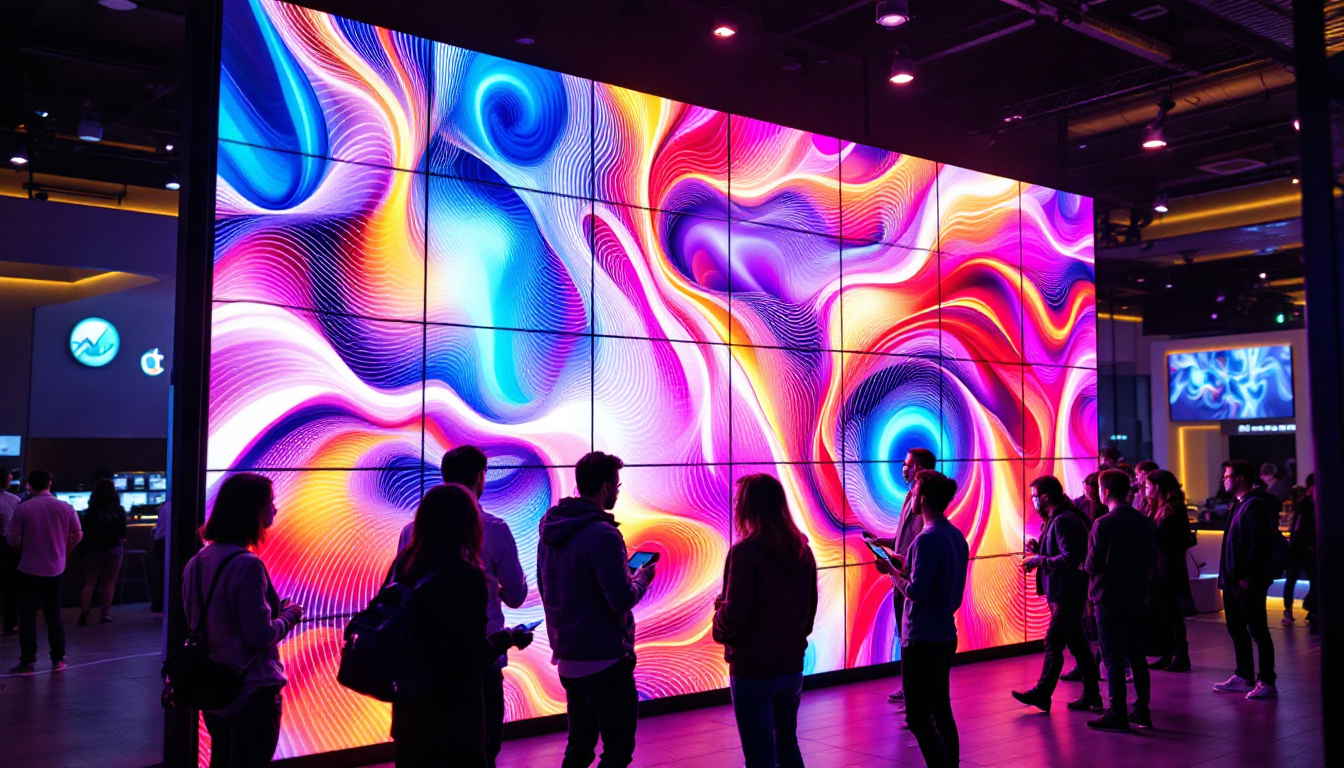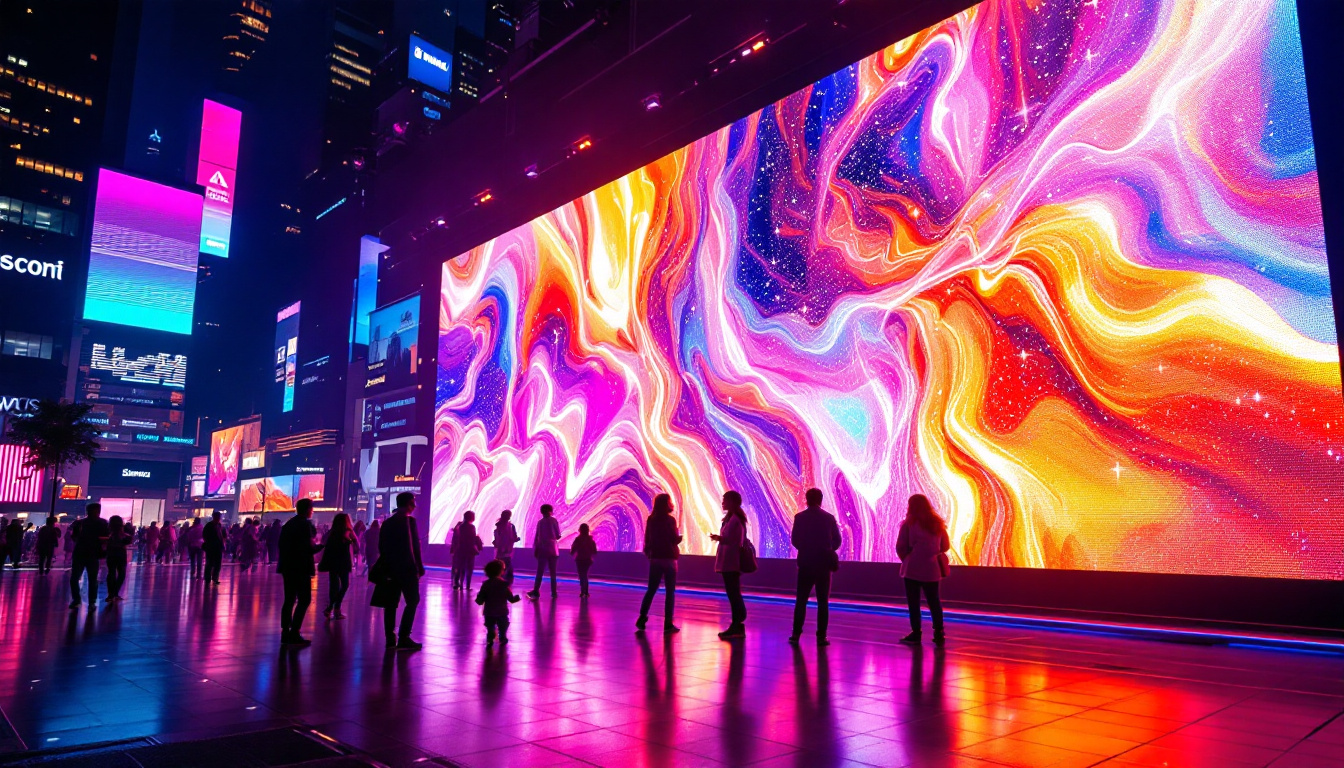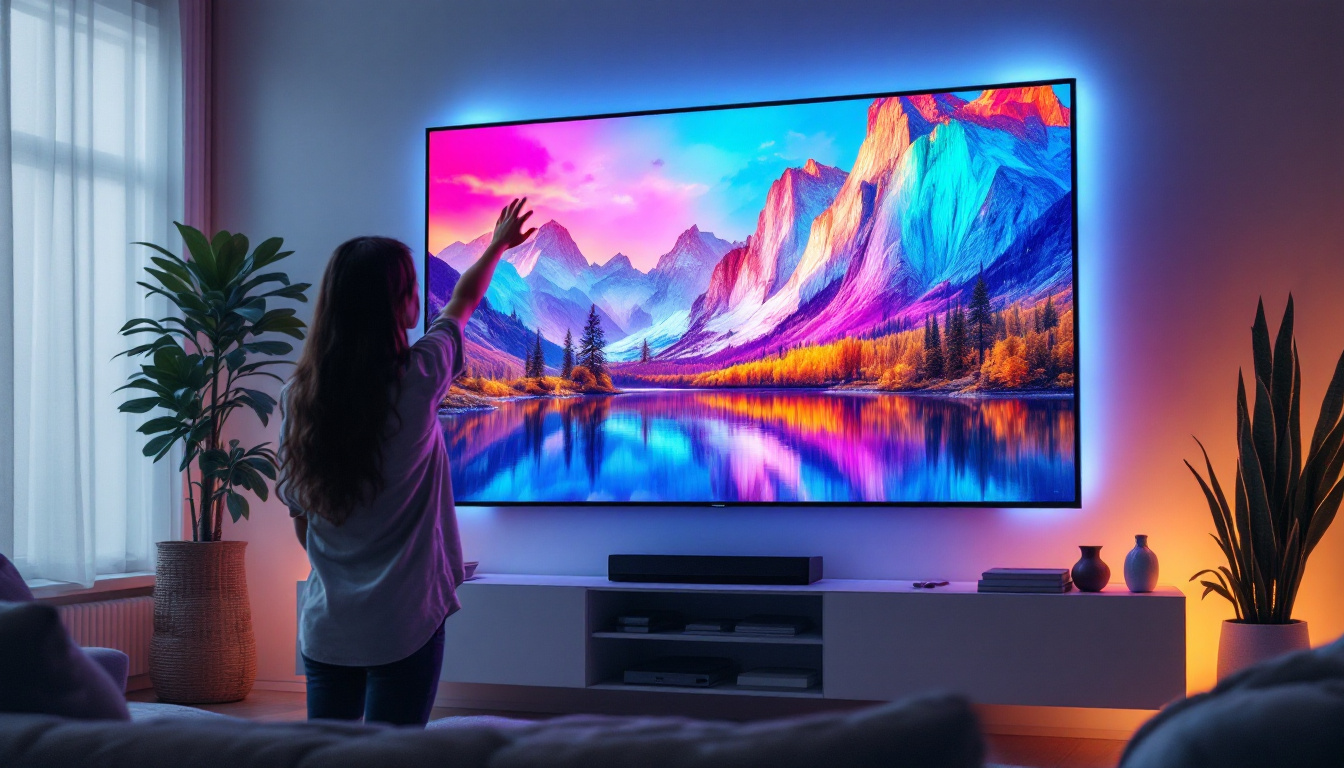In the evolving landscape of outdoor advertising, LED display billboards have emerged as a dynamic and powerful medium for brands to capture attention. Unlike traditional static billboards, LED displays offer vibrant visuals, real-time content updates, and interactive possibilities that transform roadside advertising into an engaging experience. This article delves into the world of LED billboard advertising, explaining how these displays work, their advantages, and best practices for creating impactful campaigns.
What Are LED Billboard Displays?
LED, or Light Emitting Diode, billboards are digital advertising boards that use LED technology to display bright, colorful images and videos. These displays consist of thousands of tiny LEDs arranged in a grid, which collectively create high-resolution visuals visible even in direct sunlight. This technology is a significant upgrade from traditional painted or printed billboards, offering advertisers flexibility and enhanced visibility. The vibrant colors and sharp images produced by LED billboards capture the attention of passersby more effectively than static displays, making them an increasingly popular choice for advertisers looking to make a lasting impression.
LED billboards are typically large-scale installations placed in high-traffic areas such as highways, city centers, and commercial districts. Their ability to showcase dynamic content means advertisers can rotate multiple ads, display time-sensitive promotions, or even integrate live feeds and social media updates. This adaptability not only maximizes advertising opportunities but also allows brands to tailor their messages to specific audiences at different times of the day, enhancing engagement and effectiveness.
How LED Technology Works in Billboards
Each LED pixel in a billboard is made up of red, green, and blue diodes. By adjusting the intensity of these three colors, the display can produce a wide spectrum of colors. Advanced LED billboards use high-density pixel arrangements to deliver sharp images and smooth video playback. The brightness levels are adjustable, ensuring optimal visibility during both day and night. This capability is particularly important for outdoor advertising, where changing light conditions can affect how well an ad is seen. The technology also allows for energy-efficient operation, as LEDs consume less power compared to traditional lighting methods, making them a more sustainable choice for advertisers.
Modern LED billboards are controlled by sophisticated software platforms that allow advertisers to schedule content, monitor display performance, and update advertisements remotely. This digital control offers unparalleled convenience and responsiveness compared to traditional billboards. Additionally, many LED displays are equipped with sensors that can adjust brightness based on ambient light conditions, further enhancing their visibility and reducing energy consumption. As the technology continues to evolve, features such as augmented reality and interactive capabilities are becoming more common, providing even more engaging experiences for viewers and opening new avenues for creative advertising strategies.
Advantages of LED Billboard Advertising
LED billboards bring several benefits that make them an attractive choice for advertisers looking to maximize their outdoor advertising impact.
1. Enhanced Visibility and Engagement
One of the most significant advantages of LED billboards is their brightness and clarity. Unlike printed billboards that can fade or become obscured by weather, LED displays maintain vivid colors and sharp images regardless of lighting conditions. This ensures that the advertisement stands out, even from a distance or in poor weather.
Additionally, the dynamic nature of LED content captures attention more effectively than static images. Moving visuals and changing messages are naturally more engaging, increasing the likelihood that viewers will remember the ad.
2. Flexibility and Real-Time Updates
Traditional billboards require physical replacement to change the advertisement, which can be costly and time-consuming. LED billboards, however, allow for instant content updates. Advertisers can modify messages in real time, tailor ads to specific times of day, or react to current events and promotions.
This flexibility is particularly valuable for campaigns that rely on timely information, such as sales, event announcements, or weather-related messages. It also enables multi-brand campaigns on a single billboard by rotating ads, optimizing the use of advertising space.
3. Cost-Effectiveness Over Time
While the initial investment in LED billboard technology can be higher than traditional billboards, the long-term benefits often outweigh these costs. The ability to update content without printing new materials reduces ongoing expenses. Moreover, the durability and low maintenance requirements of LED displays contribute to cost savings.
Furthermore, the increased engagement and reach of LED billboards can lead to better return on investment (ROI) for advertisers, making them a financially sound choice for sustained outdoor advertising efforts.
Designing Effective LED Billboard Ads
Creating a successful LED billboard ad requires understanding the unique characteristics of the medium and the viewing environment. Here are key considerations to ensure your LED billboard campaigns are impactful.
Keep It Simple and Bold
Billboard viewers typically have only a few seconds to absorb the message as they pass by, often while driving. Therefore, ads must be simple, with bold visuals and concise text. Using large fonts and high-contrast colors enhances readability from a distance.
Effective LED billboard ads focus on a single clear message or call to action. Overloading the display with too much information can confuse viewers and reduce the ad’s effectiveness.
Leverage Motion and Animation Wisely
One of the unique advantages of LED billboards is the ability to incorporate motion and animation. Animated elements can draw attention and make the ad more memorable. However, it’s important to use motion judiciously to avoid distracting or overwhelming viewers.
Subtle animations, such as fading text or simple transitions, can enhance the message without causing visual fatigue. Avoid overly complex or fast-moving animations that might be difficult to process quickly.
Consider Viewing Distance and Environment
Designers must tailor content based on the billboard’s location and typical viewing distance. For example, highway billboards require larger text and simpler graphics due to the high speed of passing vehicles. Urban billboards in pedestrian-heavy areas can afford more detail and interactivity.
Environmental factors such as ambient light, weather conditions, and surrounding visual clutter also influence design choices. Testing designs in situ or using simulation tools can help optimize visibility and impact.
Examples of Successful LED Billboard Campaigns
Several brands have leveraged LED billboard technology to create memorable and effective advertising campaigns. These examples highlight the versatility and power of LED displays.
Nike’s Dynamic Sports Campaign
Nike utilized LED billboards in major cities to showcase athletes in action through high-definition video clips. The campaign featured real-time updates tied to live sports events, creating a sense of immediacy and excitement. The vibrant visuals and motion captured the attention of passersby, reinforcing Nike’s association with athletic performance and innovation.
Coca-Cola’s Interactive Billboard
Coca-Cola launched an interactive LED billboard that allowed viewers to engage via social media. The billboard displayed user-generated content and personalized messages, creating a community-driven advertising experience. This approach not only increased brand engagement but also demonstrated the potential of LED billboards to foster two-way communication.
Amazon’s Time-Sensitive Promotions
Amazon used LED billboards to promote limited-time deals during major shopping events like Prime Day. By updating content in real time, the company created urgency and drove immediate consumer action. The flexibility of LED technology enabled Amazon to tailor messages to different locations and times, maximizing campaign effectiveness.
Challenges and Considerations for LED Billboard Advertising
Despite their many advantages, LED billboards also present certain challenges that advertisers and operators should consider.
Initial Investment and Maintenance
The upfront cost of purchasing and installing LED billboards can be substantial. High-quality displays with advanced features command premium prices. Additionally, while LED technology is durable, it requires regular maintenance to ensure optimal performance, including cleaning, software updates, and occasional repairs.
Regulatory and Environmental Concerns
Many municipalities have regulations governing the use of digital billboards, including restrictions on brightness, motion, and content. Advertisers must navigate these rules to avoid fines or forced removal. Moreover, concerns about light pollution and energy consumption have prompted calls for responsible use of LED billboards.
Energy-efficient LED technology and smart brightness controls help mitigate environmental impact, but advertisers should remain mindful of community standards and sustainability goals.
Content Overload and Viewer Fatigue
With the ability to display multiple ads and rapid content changes, there is a risk of overwhelming viewers. Too many messages or overly flashy animations can lead to viewer fatigue or reduce overall ad effectiveness. Strategic planning and thoughtful content curation are essential to maintain audience interest.
The Future of LED Billboard Advertising
As technology continues to advance, LED billboard advertising is poised for even greater innovation and impact.
Integration with Artificial Intelligence and Data Analytics
AI-powered content management systems are enabling advertisers to deliver hyper-targeted ads based on real-time data such as weather, traffic patterns, and audience demographics. This personalization increases relevance and engagement, making outdoor advertising more effective than ever.
Interactive and Augmented Reality Experiences
Emerging technologies are allowing LED billboards to become interactive platforms. Augmented reality (AR) features, gesture recognition, and mobile integration can turn passive viewers into active participants, creating memorable brand experiences.
Energy Efficiency and Sustainability
Future LED displays will likely incorporate more energy-efficient components and renewable energy sources. Innovations in materials and design aim to reduce environmental impact while maintaining high performance, aligning with growing corporate sustainability commitments.
Conclusion
LED billboard advertising represents a transformative shift in outdoor marketing, combining technological sophistication with creative flexibility. Its ability to deliver bright, dynamic, and timely content makes it a compelling choice for brands seeking to stand out in crowded urban landscapes.
Successful LED billboard campaigns balance simplicity, bold design, and strategic content updates to capture and hold viewer attention. While challenges such as cost and regulation exist, the ongoing evolution of LED technology promises exciting opportunities for advertisers to connect with audiences in innovative ways.
As the advertising industry embraces digital transformation, understanding the capabilities and best practices of LED billboard displays is essential for marketers aiming to maximize their outdoor advertising impact.
Illuminate Your Brand with LumenMatrix
Ready to elevate your advertising to new heights? Discover LumenMatrix’s innovative LED display solutions and transform your brand’s visibility. With a spectrum of options from Indoor and Outdoor LED Wall Displays to specialized solutions like Vehicle, Sports, and Floor LED Displays, LumenMatrix tailors to your unique needs. Embrace the future of visual communication and create immersive experiences that captivate and engage. Check out LumenMatrix LED Display Solutions today and light up your brand’s potential.

